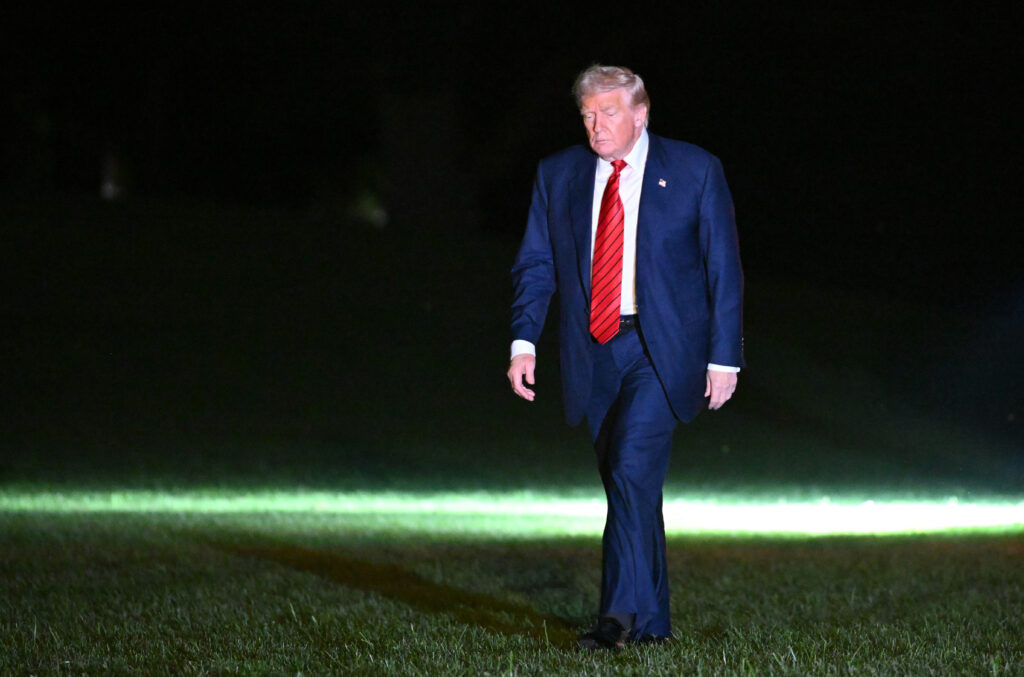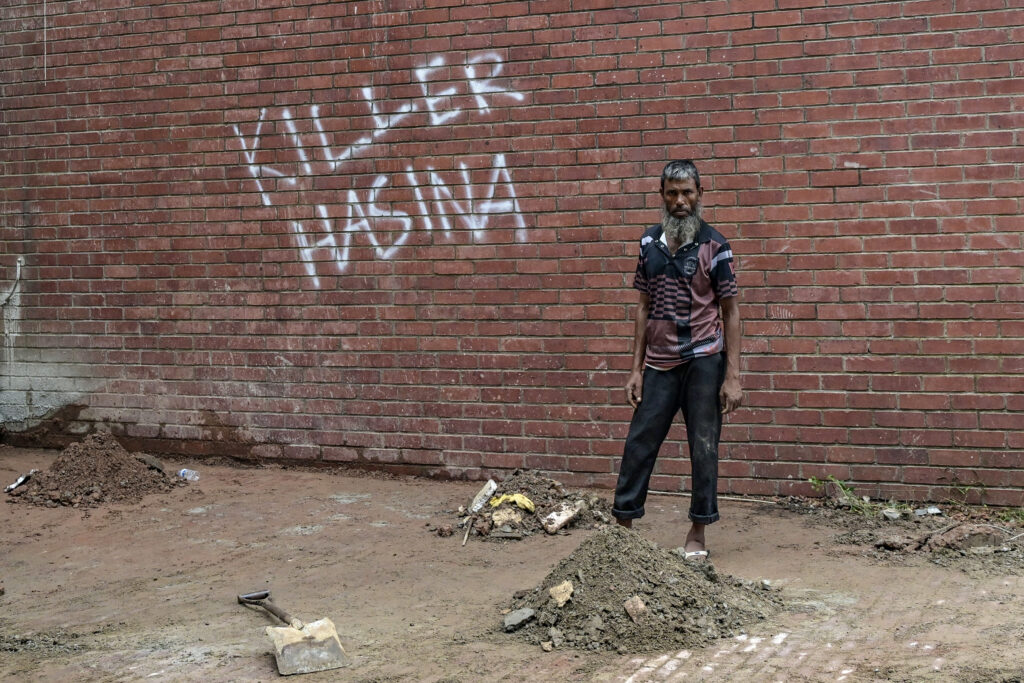Le combat des forestiers pour sauver la forêt pyrénéenne
“Dépérissement caché”, “tempête silencieuse”: Hervé Houin, le directeur territorial de l’Office national des forêts Midi‑Méditerranée, ne mâche pas ses mots au moment de décrire le danger que court la forêt pyrénéenne face à une conjonction de crises, entre réchauffement climatique et invasions de cerfs et de parasites.Dans un demi-siècle – un battement de coeur à l’échelle du temps de la forêt -, les sapins et hêtres qui se dressent ici, à 1.350 m d’altitude dans le massif du Mourtis, n’existeront plus. Selon les projections de l’ONF formulées à partir des prévisions climatiques du GIEC, ils ne pourront alors plus survivre au-dessous de 1.800 m.Dans la forêt des Arguts, sur la commune de Boutx (Haute-Garonne), les signes de ce dépérissement sont discrets: quelques feuilles roussies par-ci, un arbre décharné par-là…- Taches blanches -Mais depuis la piste caillouteuse, on aperçoit de l’autre côté de la vallée le pic voisin du Burat, où l’océan vert sombre est piqueté de taches blanches: des sapins morts, aux branches nues et blanchies, qui semblent s’extirper de la masse pour appeler au secours.Les racines de la crise sont profondes. Le réchauffement climatique, d’abord, a multiplié sécheresses et canicules depuis les années 2000, même à ces hauteurs, affaiblissant des arbres qui n’avaient jamais vraiment eu soif. La hausse des températures a aussi permis au scolyte, petit coléoptère parasite, de pondre plus souvent et donc de proliférer.Les galeries creusées dans les troncs par l’insecte viennent bloquer la sève. “Et sans sève, l’arbre sèche sur pied”, explique Hervé Houin. Rendus vulnérables par le réchauffement, les arbres ne parviennent plus à se défendre et meurent par bosquets entiers.Derrière lui, une plantation d’épicéas dévastée. En trois mois, les scolytes ont condamné la parcelle. Un “phénomène brutal”, renchérit Denis Feuillerat, ingénieur de l’ONF. Les forestiers viennent de finir de raser ces deux hectares pour récolter le bois, qui reste utilisable.Face à cette brusque mortalité, la forêt peine à se régénérer, confrontée à un troisième écueil: la population de cerfs, réintroduits dans la région en 1958, est hors de contrôle. Ils se sont “très bien adaptés, peut-être trop”, indique Denis Feuillerat.Or, ces herbivores, dont les adultes mangent jusqu’à 100 kg de végétation par mois, boulottent tout ce qui passe à leur portée, en particulier les tendres tiges, feuilles et bourgeons des jeunes arbres, empêchant leur développement.- Proche du point de non-retour -En Haute-Garonne et dans les Hautes-Pyrénées, 25.000 hectares sont menacés par cette crise multifactorielle, souligne Jean-Lou Meunier, directeur de l’ONF Pyrénées-Gascogne.”On approche d’un point de non-retour”, souffle-t-il, “très inquiet” face à l’ampleur du défi. Cinquante ans pour sauver le massif, “c’est très court pour un forestier, il faut que nous nous précipitions.”La riposte devra être plurielle: chasser davantage de cerfs pour rétablir l’équilibre, protéger les jeunes pousses en installant des enclos, et introduire de nouvelles essences mieux adaptées au climat qui s’annonce.La forêt devra se faire “mosaïque”, plus diversifiée pour renforcer sa résilience, selon Denis Feuillerat. Le cèdre de l’Atlas, originaire d’Afrique du nord et plus apte à “résister à des situations de sécheresse prolongée”, a donné de très bons résultats dans le département voisin de l’Aude, explique-t-il devant l’un des dix enclos d’une plantation, qui comportent chacun 25 petits cèdres hauts comme trois pommes.Sont aussi envisagés le noisetier de Byzance, par exemple, ou des essences moins exotiques comme le mélèze d’Europe, le chêne pubescent ou le pin de Salzman.Une fois sélectionnées, il faudra disperser ces essences dans le massif pour les laisser essaimer. “90% du renouvellement lié au changement climatique se fera de façon naturelle”, assure Hervé Houin.L’inquiétude dépasse les seules Pyrénées: “Nous avons encore une chance ici, contrairement aux Vosges et Jura où des centaines d’hectares sèchent sur pied”, grimace Hervé Houin.Entre 2018 et 2023, la quantité de bois mort récolté dans les forêts publiques jurassiennes a explosé, passant de 20.000 à 320.000 m3, confirme son homologue pour le Jura, Florent Dubosclard, pour qui il faut sans tarder “imaginer la forêt de demain”.



